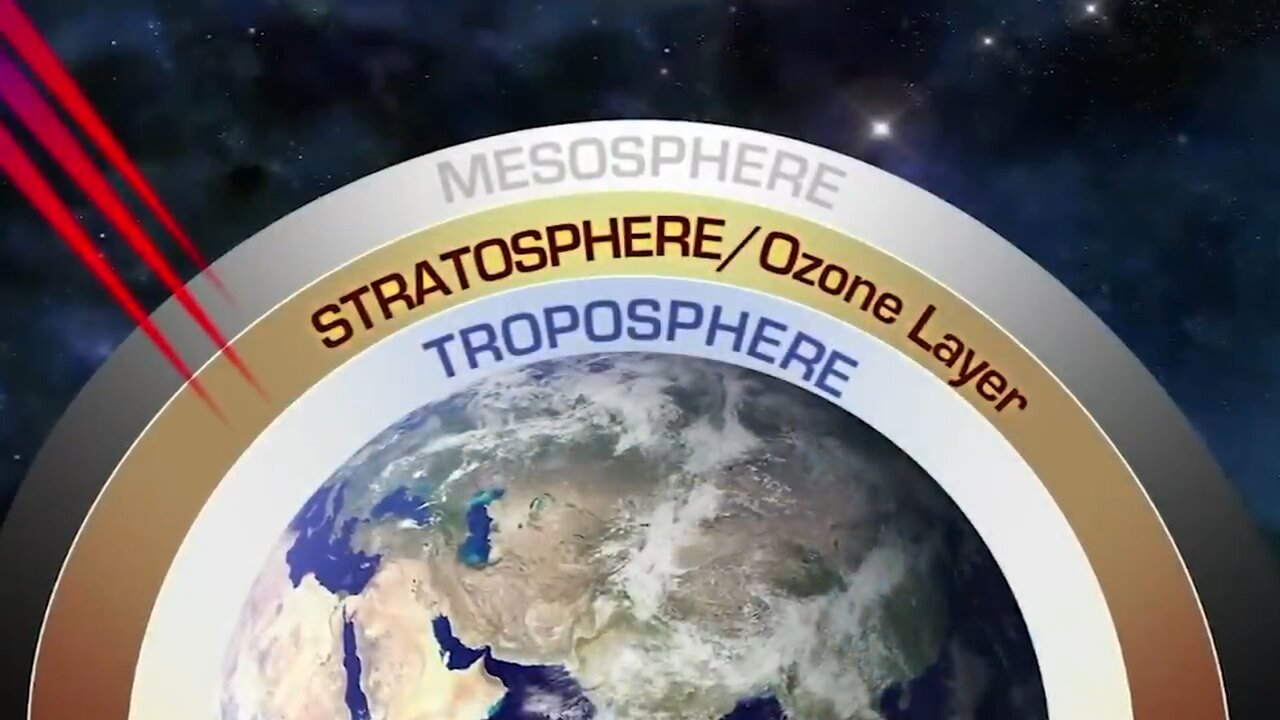Premium Only Content

What's Going on with the Hole in the Ozone Layer We Asked a NASA Expert
The ozone layer – the portion of the stratosphere that protects our planet from the Sun’s ultraviolet rays – thins to form an “ozone hole” above the South Pole every September. Chemically active forms of chlorine and bromine in the atmosphere, derived from human-produced compounds, attach to high-altitude polar clouds each southern winter. The reactive chlorine and bromine then initiate ozone-destroying reactions as the Sun rises at the end of Antarctica’s winter.
Researchers at NASA and NOAA detect and measure the growth and breakup of the ozone hole with instruments aboard the Aura, Suomi NPP, and NOAA-20 satellites. On Oct. 5, 2022, those satellites observed a single-day maximum ozone hole of 10.2 million square miles (26.4 million square kilometers), slightly larger than last year.
-
 LIVE
LIVE
Barry Cunningham
3 hours agoJOIN US FOR MOVIE NIGHT! TONIGHT WE FEATURE THE MOVIE RFK LEGACY!
3,524 watching -

Sarah Westall
3 hours agoHow Bitcoin was Hijacked, Palantir is a Deep State Upgrade & more w/ Aaron Day
3.08K -
 15:59
15:59
ArynneWexler
5 hours agoAll The Reasons You're Right to Fear Zohran Mamdani | NN6
81 -
 LIVE
LIVE
Side Scrollers Podcast
10 hours ago🔴FIRST EVER RUMBLE SUB-A-THON🔴DAY 4🔴BLABS VS STREET FIGHTER!
911 watching -
 UPCOMING
UPCOMING
DLDAfterDark
1 hour agoGlock's Decision - How Could It Impact The Industry?
111 -
 25:57
25:57
The Kevin Trudeau Show Limitless
1 day agoThe Sound Of Control: This Is How They Program You
31.1K8 -
 8:29
8:29
Colion Noir
12 hours agoThree Masked Idiots Show Up at Her Door — Here’s What Happened Next
26.2K17 -
 15:38
15:38
Cash Jordan
7 hours agoPortland Zombies EMPTY 52 Stores… Mayor FREAKS as “Sanctuary” SELF DESTRUCTS
44K55 -
 1:23:21
1:23:21
Precision Rifle Network
1 day agoS5E4 Guns & Grub - Dustin Coleman of ColeTac
3.09K -
 1:09:25
1:09:25
Donald Trump Jr.
7 hours agoCorrupt UN Carbon Tax Exposed, Interview with John Konrad | TRIGGERED Ep.285
149K74